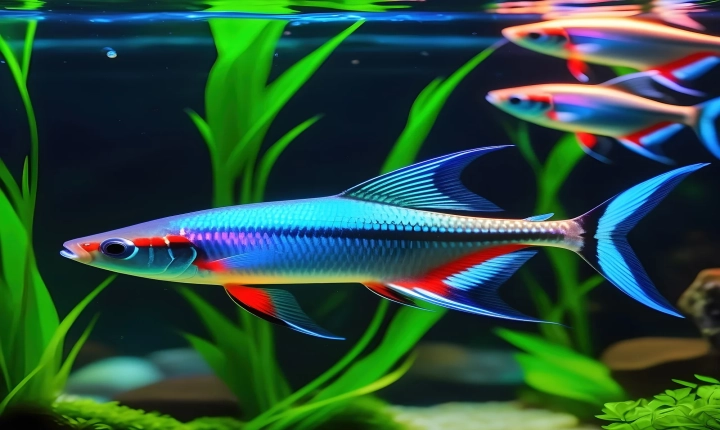Title: Exploring the Creative Realm of AI Art: Understanding the Process of Generating AI Artwork
Artificial Intelligence (AI) has revolutionized many aspects of our lives, with its impact now extending into the realm of creative expression. AI has the potential to not only assist artists in their creative endeavors but also to create stunning pieces of art on its own. The emergence of AI-generated art has sparked much interest and inquiry into the process, the techniques, and the aesthetic quality of the artwork produced. In this article, we aim to provide an overview of the process of generating AI art and explore the innovative and collaborative potential of AI in the art world.
The Process of Generating AI Art
The generation of AI art involves the use of algorithms, machine learning, and neural networks to create original and aesthetically pleasing visual compositions. One of the key techniques in AI art generation is the use of Generative Adversarial Networks (GANs), which comprises two neural networks – a generator and a discriminator. The generator creates images based on random noise, while the discriminator assesses the quality of the generated images. Through continuous feedback and iteration, GANs are capable of producing compelling and diverse artwork that approximates human creativity.
Another popular approach is style transfer, where the style or characteristics of one image are applied to another. This process often involves training a neural network to recognize and extract the style and content of an artwork, allowing for the creation of unique and captivating visual compositions.
Collaboration Between AI and Artists
AI art generation has not replaced human artists, but rather, it has become a tool for creative exploration and collaboration. Many artists have embraced AI as a new medium for artistic expression, integrating its capabilities into their creative process. AI can assist artists in exploring new artistic styles, generating novel ideas, and expediting the iterative process of art creation.
Furthermore, the collaboration between AI and artists has given rise to immersive art experiences, where AI-generated visuals are incorporated into interactive installations, performances, and digital art exhibits. This collaborative approach has broadened the horizons of artistic expression and offers new ways to engage with audiences.
Aesthetics and Ethical Considerations
The aesthetic quality of AI-generated art has been a topic of discussion and debate. While AI can produce visually striking and innovative artwork, questions regarding originality, authorship, and the ethical implications of AI art have been raised. The notion of whether AI-generated art can possess genuine creativity and emotional depth is a subject of ongoing inquiry.
Additionally, ethical considerations related to the use of AI in art creation, such as the potential for bias in training data and the responsible use of AI technology, are critical to address. As AI continues to evolve in the art world, it is essential to consider the ethical implications and ensure that AI-generated art remains respectful, inclusive, and ethically sound.
The Future of AI Art
The future of AI art holds great promise for expanding the boundaries of artistic expression and enhancing creative innovation. As AI technology continues to advance, we can anticipate further developments in AI-generated art, including the exploration of new mediums, styles, and interdisciplinary collaborations.
Moreover, the democratization of AI art tools and platforms has enabled a broader community of artists and creators to experiment with AI art creation, fostering a diverse range of artistic voices and perspectives. The intersection of AI and art offers a compelling landscape for exploration, creativity, and the redefinition of traditional artistic practices.
In conclusion, the process of generating AI art involves the integration of advanced algorithms, machine learning, and neural networks to create original and visually captivating artwork. The collaborative potential of AI in the art world presents innovative opportunities for artists and creators, while raising questions regarding aesthetics, ethics, and the evolution of artistic expression.
As AI continues to shape the future of art, it is essential to engage in meaningful discussions and exploration, ensuring that AI-generated art reflects the depth of human creativity and ethical considerations. The synergy between AI and art invites us to embrace a new era of creative possibilities and to appreciate the evolving landscape of artistic expression.
